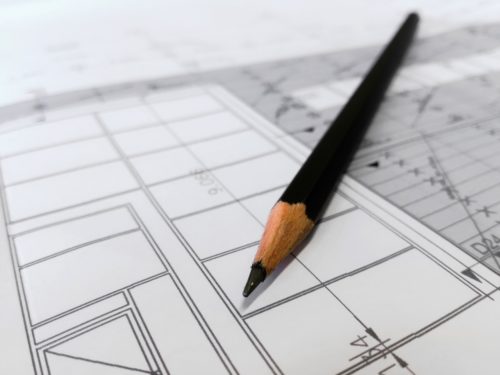In this post, we talked about how we develop new insights to create solutions that could effectively address people’s pain points.
So you’ve come up with unique observations about your users’ behaviors. What do you do next? These are the steps to make those insights into viable products or services that could improve people’s lives.
First, Brainstorm With Others (or what designers call “Ideate”)
Don’t accept that the one idea you may have is the optimal solution. Gather a group of 2 to 5 family members and friends to brainstorm product ideas that stem from your insight. The importance of brainstorming with others is that when you do so, you bring different points of view, different knowledge bases, and different experiences to the session which creates a great environment for creative thinking. This also allows you to feed off each other’s ideas to create even more ideas.
With your group, the brainstorming challenge is to go for quantity. At this point, don’t worry about the feasibility or reasonability of the ideas. Encourage people to go wild. Hold any judgements on the ideas being contributed. Try to address your challenge from different angles and different perspectives – what are possible digital solutions? What about non-digital solutions? Can you borrow models from other industries and apply them to your challenge? Push yourselves to come up with 30. . . 40 ideas. It is when you reach the “dried out” moments, when you think you can’t squeeze another idea out of you, that some of the more original ideas come about.
As you come up with ideas, write each one on a post-it note. This makes it easier after the session to cluster similar ideas together to possibly meld into one bigger product concept.
You might also be wondering how to get people excited about a brainstorming session. A few tips: first, promise it’s going to be a fun, creative activity; second, promise it’s going to be just an hour of their time; and third, promise food.
Next, Choose a Concept and Build (or “Prototype”)
Choose one from your ideas — maybe you choose based on what you’re most excited about or based on what potential users are excited about. Either way, choose one idea and go build a prototype. At this point, you want to build a very rough model of your product. Emphasis here on very rough. Use whatever materials you have on hand — toys, pen and paper, scissors and construction paper, etc. One of the main objectives of building this initial prototype is to just help you think through how the idea is actually going to work. For example, if you are building an app, making a prototype will force you to think through details such as what each page will look like, what features it will have to encourage sharing with others, etc.
Another objective of building a prototype is so that you have something concrete to present your users to obtain detailed feedback from them. By seeing your prototype, there is no ambiguity about what your concept description and what the users may imagine it to be. Your customers can then assess whether your idea has any legs; if there are certain aspects of your product that is confusing; if there are things that can be optimized, etc.
This is why building low-fidelity prototypes is encouraged. When you are working on a rough prototype, there is no attachment to any aspect of the product as there might be when you spend a lot of time and money building a high-fidelity prototype. When your users provide their feedback, you can modify aggressively. Or worst case, you can ditch the concept and move on to the next one. No harm, no foul. And you have a whole basket of other ideas from your brainstorming session you can turn to.
Then, tear down and build again (“Iterate”):
At this point, know that you’ve basically just begun the process of building your product. After you get feedback from your users, you go back to brainstorming to come up with more specific ideas. If your app users say that you should add the concept of a game to your app, you go back to the drawing board and see how you might include that in your product. Then you rebuild your prototype with enhanced features. Then you seek more feedback, ideate and prototype again. And so it goes.
Maintaining the feedback loop with your customers is essential. This is what creates desirable, user-centric products that are currently disrupting industries.
Listen with humility and be patient with the process.

